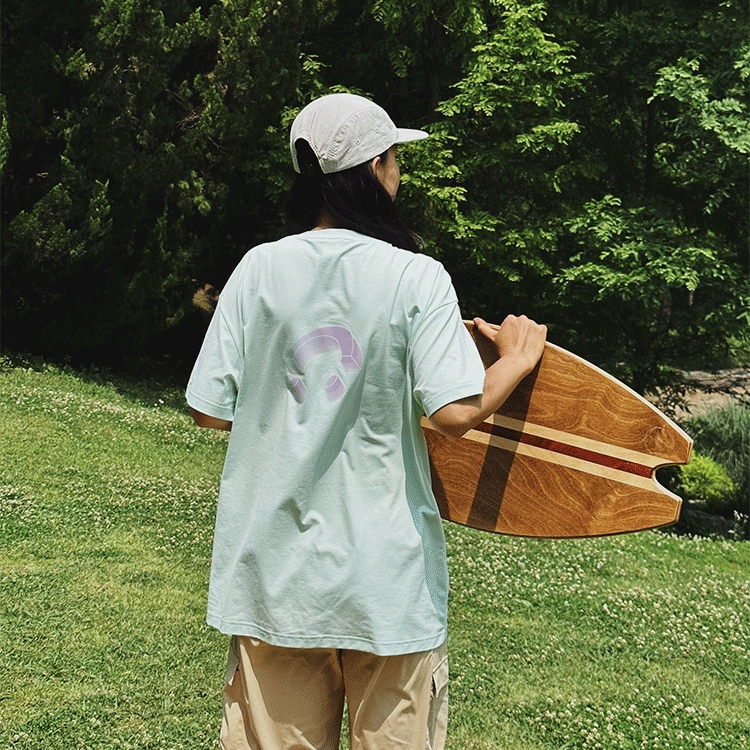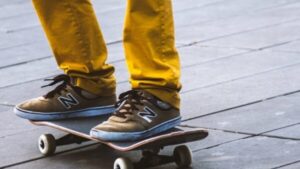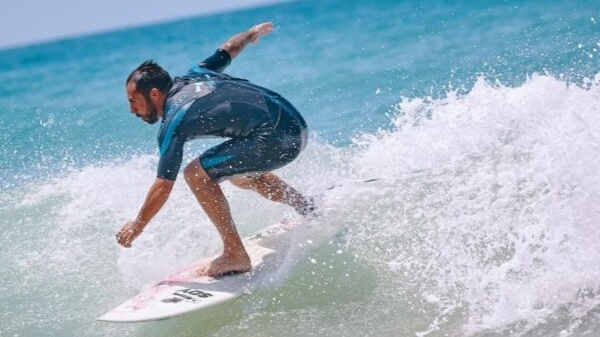
Balancing Board Safety Tips: Protecting Yourself During Workouts
Balancing boards provide an effective full-body workout, but the unstable surface can also lead to falls and injuries if proper precautions aren’t taken. By following

Balancing board training has become a popular way to challenge your coordination and engage those all-important core muscles. Unlike stable machines at the gym, balancing boards force you to activate multiple muscle groups at once to maintain balance on an unstable surface. The result is a fun, effective workout that sculpts your body while improving balance and stability.
This comprehensive guide covers how to maximize balancing board workouts to strengthen your core and see results.

Balancing board workouts offer a wide range of benefits that go far beyond just sculpting your core:
Just a few minutes a day on a balancing board can make a noticeable difference in your overall fitness, mobility, mind-body control and quality of life. It’s an exercise habit worth adopting.
Maintaining balance on an unstable surface requires the constant activation of core muscles to keep the body steady over the board’s central pivot point. This dynamic stability challenge forces both slow-twitch and fast-twitch muscle fibers to work together. Here are the main muscles targeted during balancing board workouts:
The rectus abdominis, transverse abdominis, internal and external obliques, and erector spine of the lower back all fire continuously to stabilize the torso during balancing movements. The obliques are especially challenged when tilting side to side or twisting.
The gluteus maximus, medius, and minimus contract to extend the hips and maintain pelvic stability. Hip abductors and adductors also work eccentrically to control hip alignment and prevent tilting or rotation.
The quadriceps at the front of the thigh work eccentrically to control descent as you sink into squats and lunges on the board. The hamstrings contract concentrically to power back up to standing.
Gastrocnemius and soleus muscles are challenged to maintain ankle stability and balance on the variable surface under the feet. The peroneals also activate to prevent ankle rolling.
The deltoids, rotator cuff, biceps and triceps fire statically to stabilize the upper body. Light hand weights can add a shoulder burn.
The tibialis anterior, tibialis posterior, peroneals and toe flexors engage to keep balance through the ankles and feet. Intrinsic foot strength improves.
Sternocleidomastoid, trapezius, levator scapulae, and rhomboids maintain the head and shoulder alignment for proper upright posture.
As you can see, balancing board training thoroughly works the entire body from head to toe. Every session is like getting a full-body mind-body workout.

Follow these tips to design a complete balancing board workout routine that sculpts your core, challenges your coordination, and makes measurable improvements in stability and control:
Aim for a minimum of 3 balancing sessions per week, but daily short sessions will provide faster progress. Rest at least one day between intense workouts.
Begin with just 10-15 minutes on the board including warmup and cooldown. Gradually increase time on the board up to 30 minutes over 4-6 weeks as you advance. Longer sessions increase muscle endurance.
Combine balancing with other exercises like squats, lunges, planks, pushups, and burpees on the board to get your heart rate up into the cardio zone and work muscles in new ways. This adds valuable variety.
Keep movements slow and controlled. Avoid sudden weighted shifts or jerky motions which can cause the board to shoot out from under you. Smoothness creates mind-body rhythm.
Remember to keep your core muscles activated and pulled in throughout the entire time you are using the board. This protects your back and fully engages your abdominals.
Lightly hold arms out at your sides, shoulder height to improve upper body stability. Or rest hands on hips as needed while learning.
Balancing on one leg at a time forces each side to work independently. Switch legs every 30-60 seconds to avoid overfatigue.
Stand tall maintaining a neutral pelvis and spine. Don’t hunch or overly arch your back. Look straight ahead.
Removing visual input challenges your proprioceptive system to rely on the inner ear and nerves to balance. Have a spotter or wall nearby for safety.
As you advance, use more unstable surfaces like wobble boards, inflatable discs, and balance trainers to increase the challenge.
Balance skills take time and practice to develop. Stick with a regular routine to see the best improvement over weeks and months.
Remember to breathe fully during the exercises. This oxygenates muscles and promotes calm focus.
Here is a 15-minute beginner balancing board routine to start working on your stability and core strength:
1. Ankle Rolls – 1 minute
Stand with feet hip-width apart. Gently roll ankles outward and inward over the board edge to warm up.
2. Forward and Back Tilts – 2 minutes
Hold arms out for balance. Slowly shift weight forward onto toes then rock back onto heels to tilt board.
3. Small Squats – 2 minutes
Bend your knees and sit your hips back into a shallow squat. Straighten to return to start. Keep core tight.
4. Lateral Steps – 1 minute each side
Step one foot out sideways off the board, then bring it back to center. Alternate lead foot.
5. Hamstring Curls – 1 minute
Balance on one leg, bending the knee to curl the foot up toward the glutes. Switch sides halfway.
6. Plank with Leg Lift – 30 seconds on each side
Place forearms on board with the body in plank. Lift one leg a few inches, keeping stability.
7. Calf Raises – 1 minute
Raise up onto the ball of your foot, lifting heels. Hold 1 second, lower down with control.
Finish with 1 minute ankle rolls to cool down.
This sequence engages your core, legs, balance reactions, and stabilization muscles for a complete beginner workout. Build up endurance over time.
Sample Advanced 30-Minute Balancing Board Routine
Take your balancing board workout to the next level with this more challenging 30-minute sequence:
This advanced routine thoroughly works your core, legs, arms, shoulders, and balance reactions for an intense low-impact workout in just 30 minutes.
Get creative with balancing board routines by mixing up these exercise options:

Here are some examples of balancing board exercises for various skill levels:
Have fun with your balancing board workouts and be creative trying new exercises to target different muscle groups and levels of stability. Just a few minutes a day can make a noticeable difference in your core strength, mobility, and balance reactions. Stick with it and you’ll be balancing like a pro!


Balancing boards provide an effective full-body workout, but the unstable surface can also lead to falls and injuries if proper precautions aren’t taken. By following

So you’ve mastered the basics of balancing on a rocker or wobbleboard. You can tilt and pivot with ease. Now you’re ready to take your

Store-bought balancing boards can be expensive, costing anywhere from $50 to over $200. But with some simple tools and materials, you can make your own

Balancing boards, also known as balance boards or wobble boards, have become incredibly popular workout tools in recent years. These unstable platforms provide a fun

Balancing boards provide an effective full-body workout, but the unstable surface can also lead to falls and injuries if proper precautions aren’t taken. By following

So you’ve mastered the basics of balancing on a rocker or wobbleboard. You can tilt and pivot with ease. Now you’re ready to take your

Store-bought balancing boards can be expensive, costing anywhere from $50 to over $200. But with some simple tools and materials, you can make your own

Balancing board training has become a popular way to challenge your coordination and engage those all-important core muscles. Unlike stable machines at the gym, balancing
Copyright © 2024 equistablebalancingboard. All Rights Reserved.